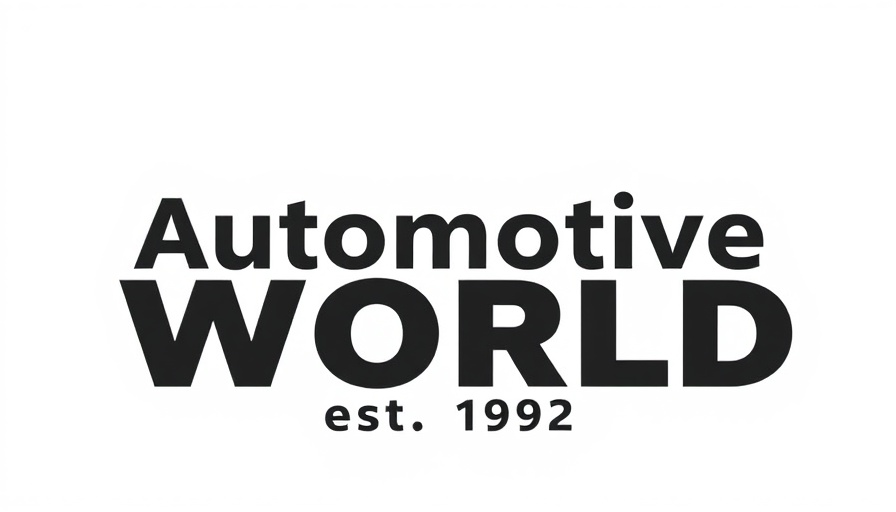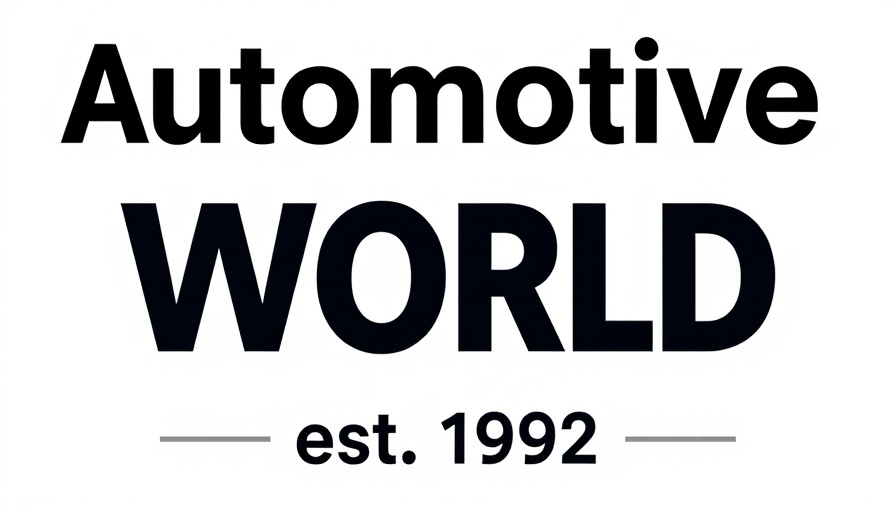
The Future of Electric Vehicle Battery Coatings
As electric vehicles (EVs) continue to surge in popularity, the manufacturing of their batteries is becoming ever more crucial. With the rise of high-voltage demands, the coatings applied to these batteries play a vital role in safety, efficiency, and sustainability. Traditional methods, which have often relied upon PET films, are losing ground to innovative solutions. One such breakthrough comes from Xaar, a leading name in industrial inkjet technology, which is reshaping the landscape of EV battery coatings.
Transforming Battery Coating Techniques
Xaar's collaboration with Shifang Intelligent Manufacturing Technology and Shenzhen Omijia Intelligent Technology Co., Ltd. is a game-changer in battery manufacturing. Traditional coating methods are giving way to Xaar's advanced inkjet technologies, specifically engineered to meet the growing demands of the battery sector. Their eX printheads incorporate cutting-edge features such as TF Technology for consistent ink recirculation and Sure Flow self-cleaning mechanisms, ensuring that maintenance is both simplified and effective.
These innovative systems allow manufacturers to apply coatings that not only enhance battery performance but also add layers of protection necessary for the high-voltage applications found in modern EVs. As the electric vehicle market expands rapidly, it's imperative that battery packs are equipped with robust coatings to prevent wear and heat-related damages.
Cost-Efficiency and Sustainability in EV Manufacturing
Cost-effectiveness and environmental consciousness are goals shared by many manufacturers today, especially in the fast-evolving EV market. Shifang, by integrating Xaar’s printhead technology, has already seen a 30% reduction in material costs. The projections look even more promising, with potential savings possibly exceeding 50% as mass production of specialized inks becomes more feasible.
Moreover, the high ink utilization rate of over 99% not only minimizes waste but supports sustainable practices in battery production. In this way, Xaar is not just enhancing product quality; they are contributing to a more sustainable future in the EV industry.
Advancements that Meet Modern Safety Standards
The importance of safety in EV battery manufacturing cannot be understated. Traditional methods, like blue PET film coatings, now often fall short of modern safety standards. Companies like Shenzhen Omijia are also reaping the rewards of using Xaar's technology, developing UV inkjet solutions that maintain performance and ensure compliance with rigorous safety regulations.
As Henry Liu, General Manager of Omijia noted, integrating Xaar’s solutions has greatly improved not only stability but also reliability in the insulation coatings used for lithium-ion batteries, addressing key challenges faced by the industry.
Conclusion
The innovations spearheaded by Xaar signify a pivotal shift in how EV batteries are coated, emphasizing efficiency, cost-reduction, and sustainability. For dealership principals, GMs, and fixed ops directors, staying informed about such advancements can provide a competitive edge in the evolving automotive landscape. While this article sheds light on crucial developments within battery technology, it also highlights the collective efforts towards environmentally friendly manufacturing practices.
 Add Row
Add Row  Add
Add 




Write A Comment